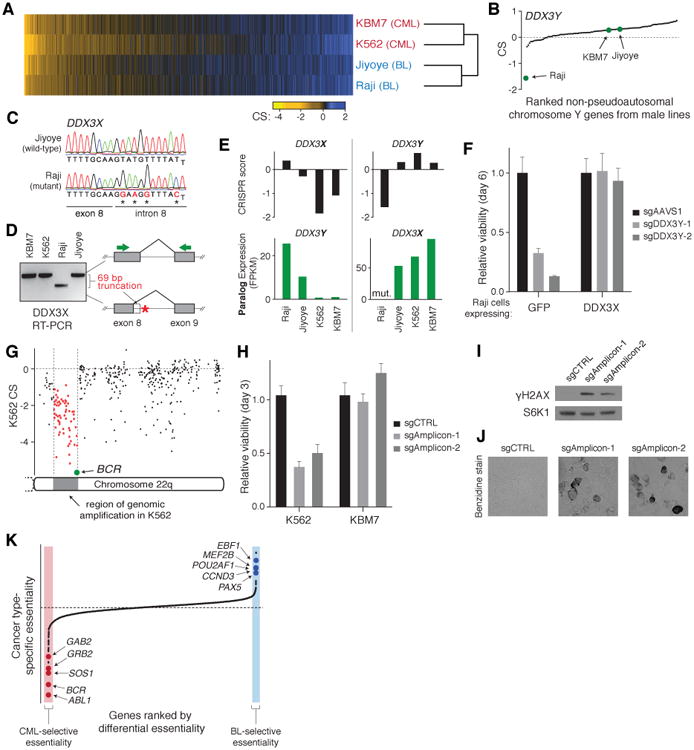Fig. 4. Comparisons of gene essentiality across four cell lines.

(A) Heatmap of CS across four cell lines sorted by average CS. (B) CS of genes residing in the non-pseudoautosomal region of chromosome Y for male cell lines (Raji, Jiyoye and KBM7). (C) Sanger sequencing of DDX3X in Raji cells reveals mutations in the 5′ splice site of intron 8. (D) Splice-site mutations in DDX3X result in a 69-bp truncation of the mRNA. PCR primers spanning exons 8 and 9 of DDX3X (denoted by green arrows) were used to amplify cDNA from each line. (E) Essentiality of DDX3X and DDX3Y is determined by the expression and mutation status of their paralogs. (F) Proliferation of GFP- and DDX3X-expressing Raji cells transduced with sgRNAs targeting DDX3Y or an AAVS1-targeting control. Error bars denote SD (n=4). (G) Analysis of genes on chromosome 22q reveals apparent ‘essentiality’ of 61 contiguous genes in K562 residing in a region of high-copy tandem amplification. (H) Proliferation of K562 and KBM7 cells transduced with sgRNAs targeting a non-genic region within the BCR-ABL amplicon in K562 cells or a non-targeting control. Error bars denote SD (n=4). (I) γH2AX (phospho-S139 H2AX) immunoblot analysis of K562 transduced with sgRNAs as in (H). S6K1 was used as a loading control. (J) Cleavage within amplified region induced erythroid differentiation in K562 cells as assessed by 3,3′-dimethoxybenzidine hemoglobin staining. (K) Comparison of gene essentiality between the two cancer types reveals oncogenic drivers and lineage specifiers. Genes were ranked by the difference between the average CS of each cancer type.
